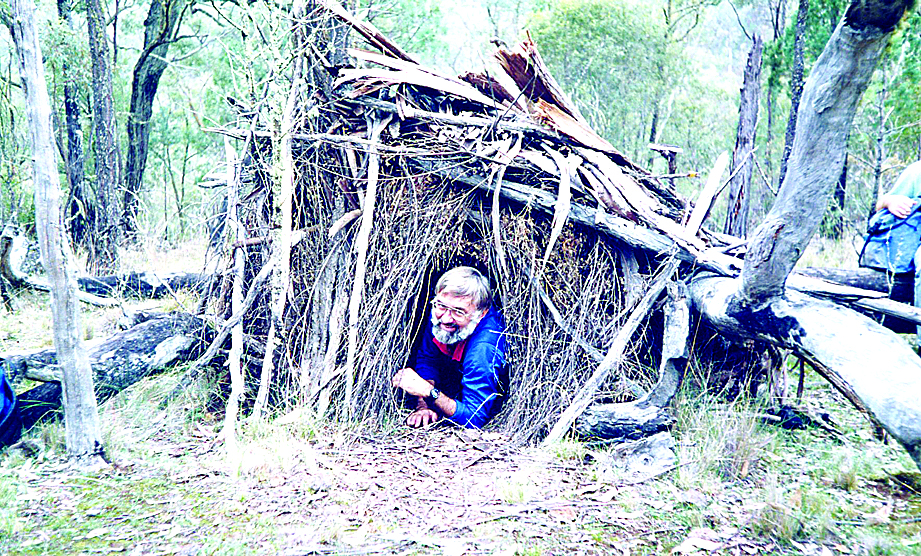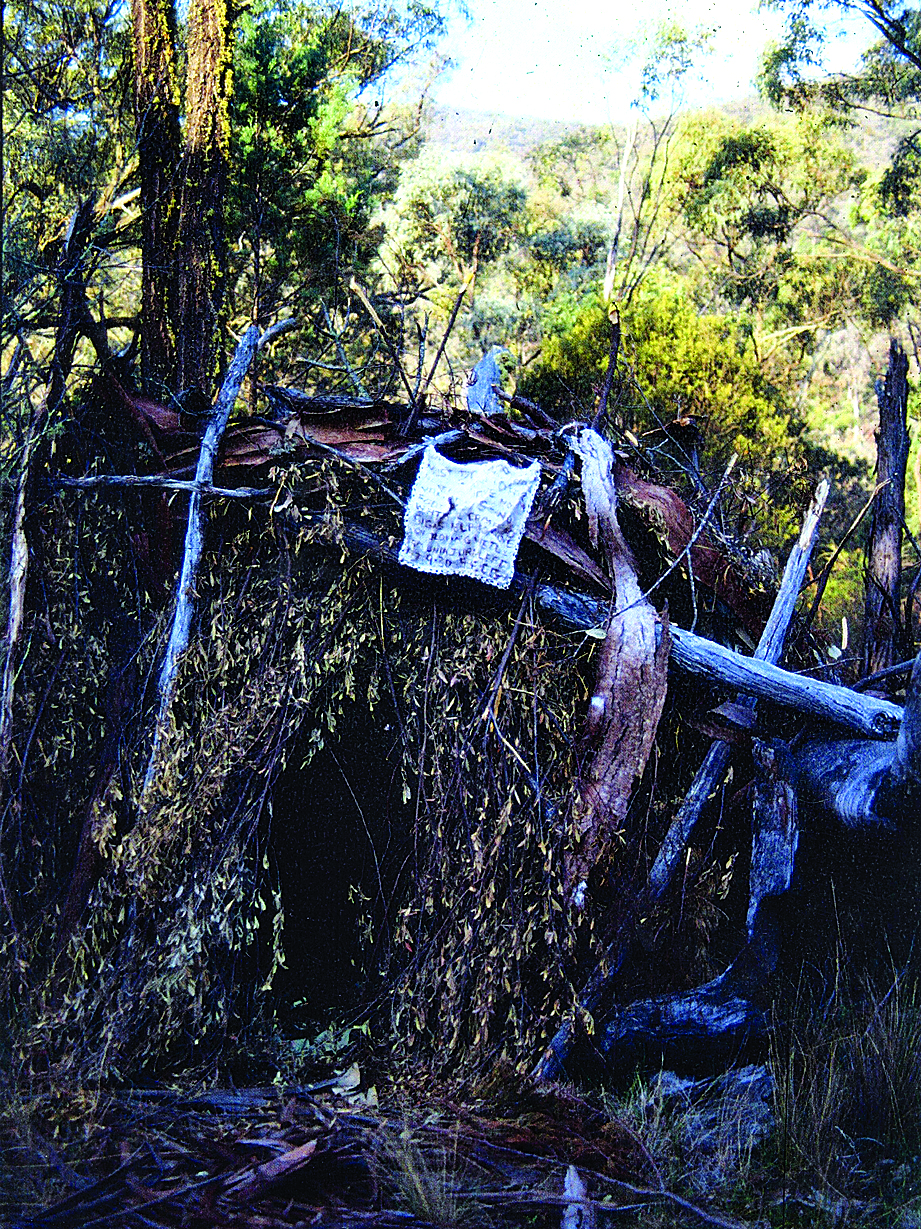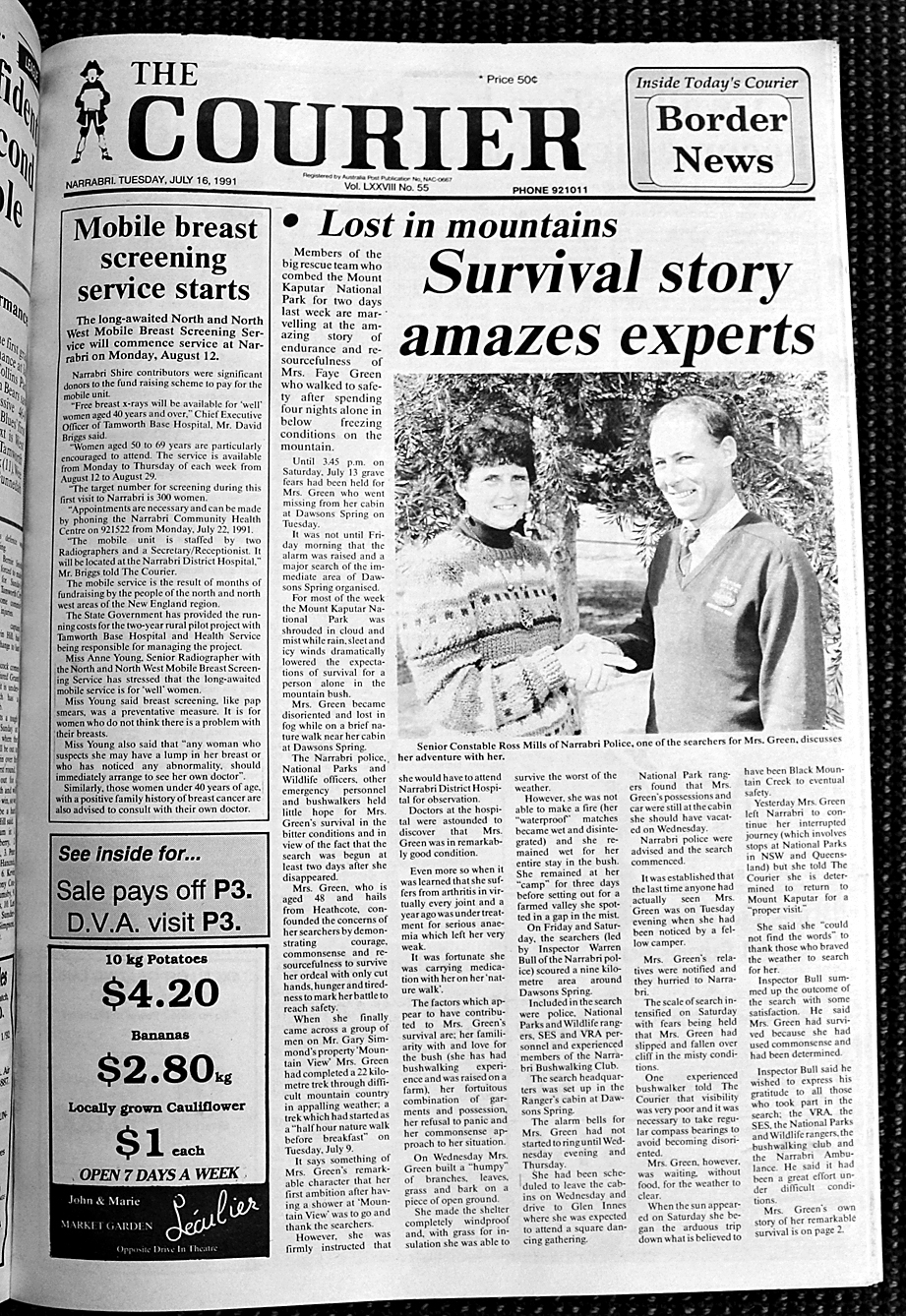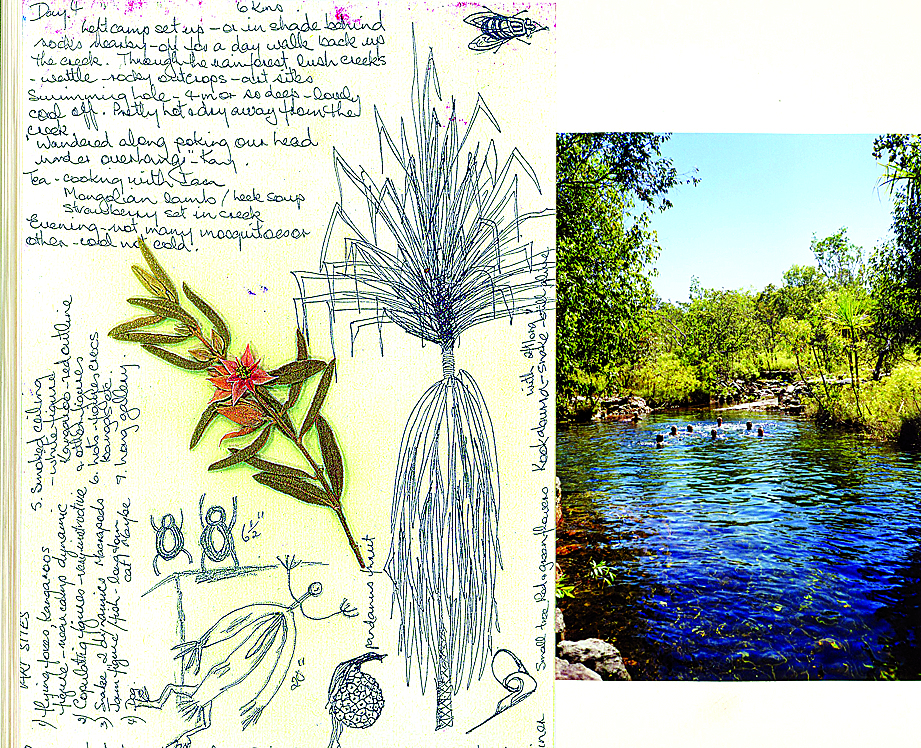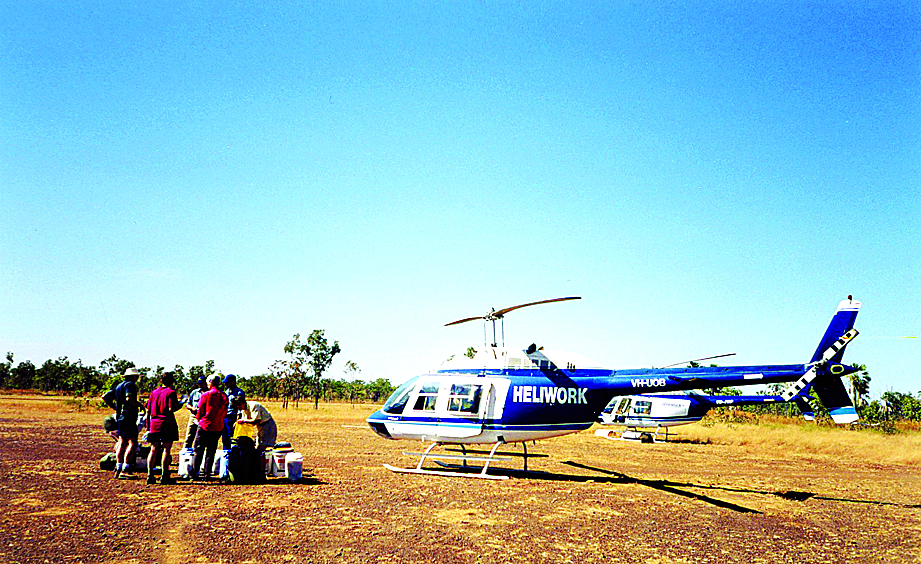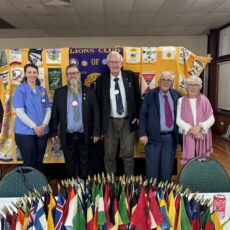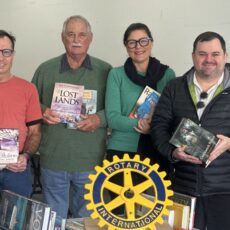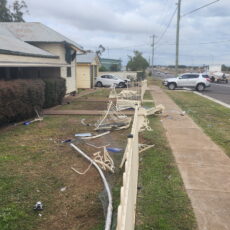Nearly 50 years ago, in 1974, the Narrabri Bushwalking Club was formed by a group of like-minded residents which included Graham Nelson, Stuart and Denise Murray and the late Hugh Palmer.
This was the beginning of some extraordinary adventures.
The club embarked on walks that not only covered our local terrain but took on Kakadu and the far reaches of the Kimberley, renowned as one of the oldest and largest wilderness landscapes in the world.
The Kimberley, in Western Australia’s sparsely settled northern region, is known for its large swathes of rugged ranges, dramatic gorges, waterfalls, rockpools and semi-arid savanna.
This remote wilderness became a focus for many three week walks over a period of 25 years undertaken during the dry season.
Despite the adventurous and potentially dangerous nature of the expeditions, club member Kay Durham says they always felt safe under Stuart’s leadership and bushwalking expertise.
Once in Kununurra, the walkers took a fixed-wing aircraft to Mitchell Plateau airstrip and from there chartered a helicopter to drop them at a designated start point.
One and a half weeks’ worth of food supplies, packed into a barrel, was dropped off by the helicopter at a planned half-way point enroute.
The first one and a half weeks’ worth of food and medical supplies was carried by the walkers.
Travelling as light as possible, no tents were carried, as they were deemed not necessary during the dry season and would considerably burden the load.
A thin self-inflating mattress, a mosquito dome and minimal clothing were all that was required, making food and basic medical supplies the heaviest and most crucial items to carry.
The inflatable mattress could be rolled up and packed away to the size of one litre milk container.
The travellers walked, explored and swam in some of, what was at the time, seldom or never visited terrain.
Stuart would oversee direction and route planning, ensuring the barrel of extra food supplies was reached around halfway through the journey.
They came across unmapped waterfalls and swimming holes through the stone country of the north-western Kimberley, and it was common to not see anyone else for an entire three weeks.
The walkers’ only means of communication with the outside world would be a satellite phone, only to be used in case of an emergency.
Each time the travellers set up their camps, the club went to great lengths to pack up thoroughly the next morning leaving no evidence that they had been there, burying left-over charcoal from their fires and sweeping sandy terrain.
Walks generally ended with a helicopter pick up.
Occasionally walks ended on the Kimberley Coast with a boat pick up, or the group could arrange to finish the walk at a station property airstrip.
Occasionally a four wheel drive pickup could be arranged with a station owner.
During recent years, increasing bureaucracy, rules and restrictions set down for the Kimberley region have made adventures of this nature more difficult to accomplish.
Consequently, such expeditions are no longer taken up by the Narrabri Bushwalking Club.
They are, however, looked back on with many fond memories, greatly treasured by the club and never to be forgotten.
Club member and pastels artist Vera Mastinos recorded the adventures at Kakudu and the Kimberley, creating magnificent journals which she called ‘Top End Walks’, filling them with diary entries, drawings and photographs.
When a five-day search ensued across Mount Kaputar for missing trekker Faye Green in July 1991, the club was called upon to assist with the search.
Faye, a 48-year-old seasoned bushwalker, was travelling through Narrabri from Heathcote in Central Victoria to Glen Innes, when she decided to go to Mount Kaputar National Park and stay in a cabin at Dawsons Spring.
The following morning, what started out as a ‘half an hour nature-walk before breakfast’ became a five-day ordeal when Faye left the walking track and lost her bearings.
The weather was worsening with continual heavy rain and poor visibility, and Faye could not find her way back to the cabin.
The alarm was raised by her family when they had no phone contact and visitors at Dawsons Spring had noticed that Faye had not returned to her cabin.
A search party was enlisted which, along with the police, Parks and Wildlife personnel, SES and VRA, involved experienced members of the Narrabri Bushwalking Club.
The searches proved unfruitful.
Unfortunately for Faye, most of Mount Kaputar was shrouded in cloud, mist, rain, sleet, and icy winds dramatically hampering the search.
The expectations for survival were considered low for a person alone in such poor conditions and unfamiliar territory.
Faye’s first night was spent sheltering under a tree, with just a poncho raincoat for protection from the weather.
Venturing further into the valley the next day into worsening weather, Faye decided that lack of visibility made it too difficult to continue.
She set about building herself a ‘humpy’ with branches, sticks, grass and bark. And there she sat, waiting for the weather to improve.
This shelter was surprisingly windproof and using extra grass for insulation she was able to survive the worst of the weather.
Faye’s waterproof matches, however, disintegrated, and unable to light a fire, she remained wet and hungry throughout the ordeal.
Faye stuffed her clothes with leaves and pine needles for extra insulation.
She scooped water out of a small compression made in the ground, but with nothing to eat, Faye stayed in the humpy for three days and three nights, temperatures sometimes dropping to -5°C.
When the weather started to lift, Faye made a decision to start walking again.
Writing in mud on a once-white hanky, Faye left a note for her searchers attached to the humpy.
However, this was not actually discovered until some weeks later, when Stuart Murray made it his mission to find the deserted shelter.
This was now day five.
After spotting a distant farm down in the valley through a gap in the mist, Faye started to make her way down the mountain.
She negotiated the thick bush and treacherous slopes for more than 22 kilometres, often finding herself having to backtrack when sections of the journey proved too rugged.
Faye, to her great relief, eventually found herself walking to safety into the paddocks of the Simmonds’s family farm ‘Mountain View’ near Maules Creek.
Concerned searchers and the local community were admiring of the courage and resourcefulness Faye displayed in such appalling weather.
Faye survived with no injuries other than cut hands, arriving at her destination cold, hungry, footsore and a good deal lighter.
The humpy was discovered when the club members made it their mission to find it, after corresponding with Faye to attempt to get a vague idea of its whereabouts.
Faye had drawn mud maps of where she thought she was, but unfamiliarity with the landscape meant that the maps were only a guess.
The shelter was eventually found with the message intact.
Faye gave the handkerchief to the Narrabri Bushwalking Club as a thank you for their involvement in the search.
The club has kept its walks on a little less ambitious level nowadays, walking twice a month and embarking on an occasional ad hoc expedition, exploring the region’s terrain, walking tracks and nature reserves.
As well as Mount Kaputar National Park, walks of interest include the Horton Falls, Pilliga, and the Warrumbungle National Park to name just a few.
Occasionally the club will set off further afield, and with refreshments, camaraderie, and walking gear, still have many memories to create.
See more like this:
- Narrabri Bushwalking Club adventures | PHOTOS
- 20-year-old rescued following Kaputar National Park fall
- Mt Kaputar visitors evacuated in a collaborative operation


